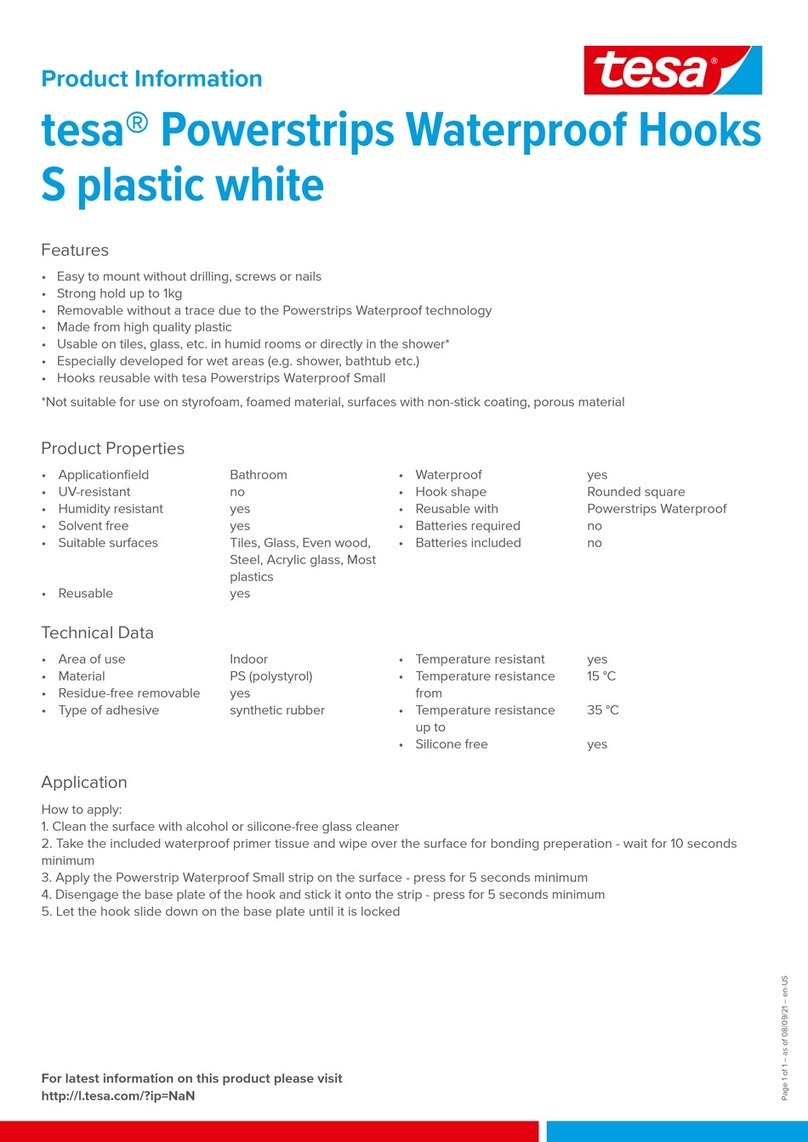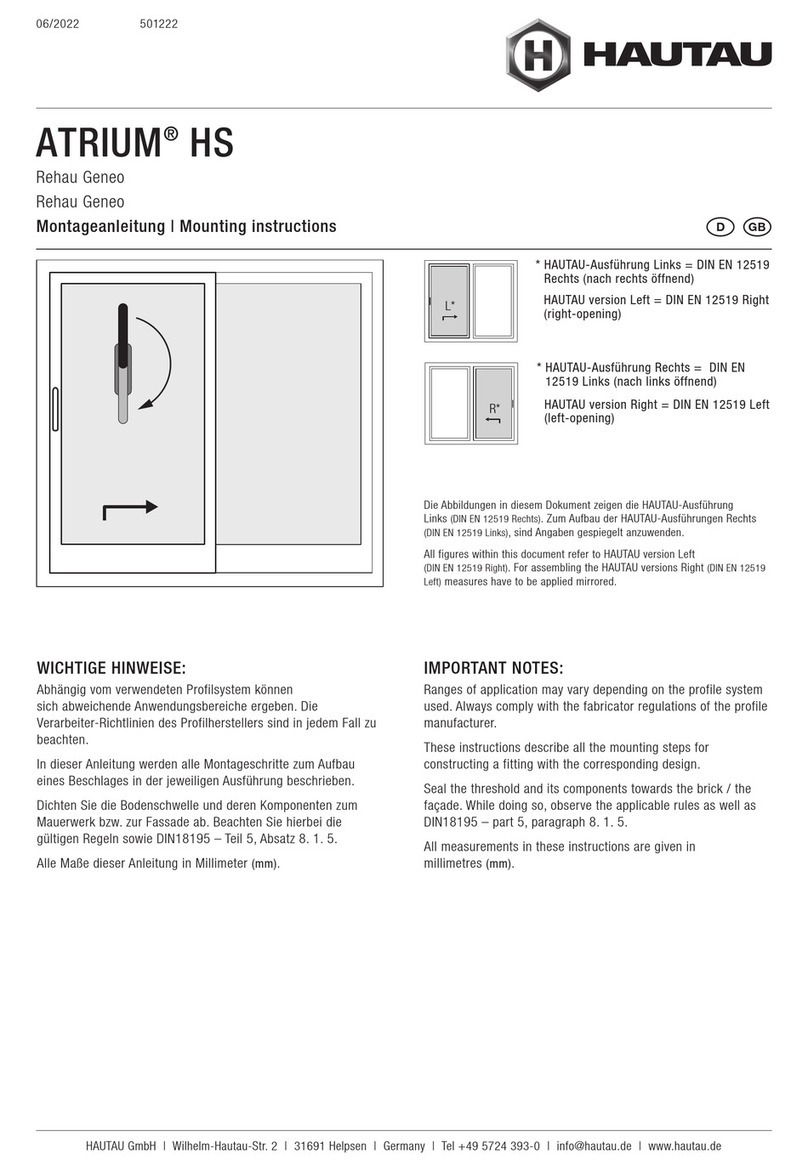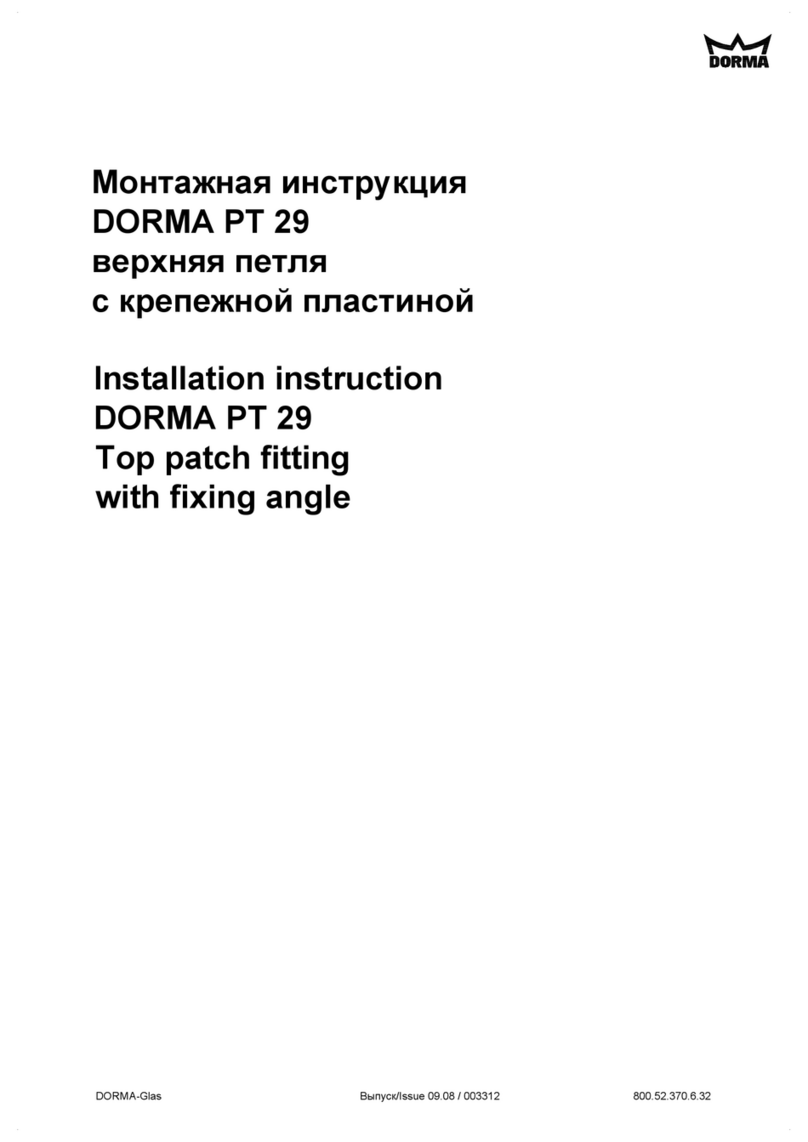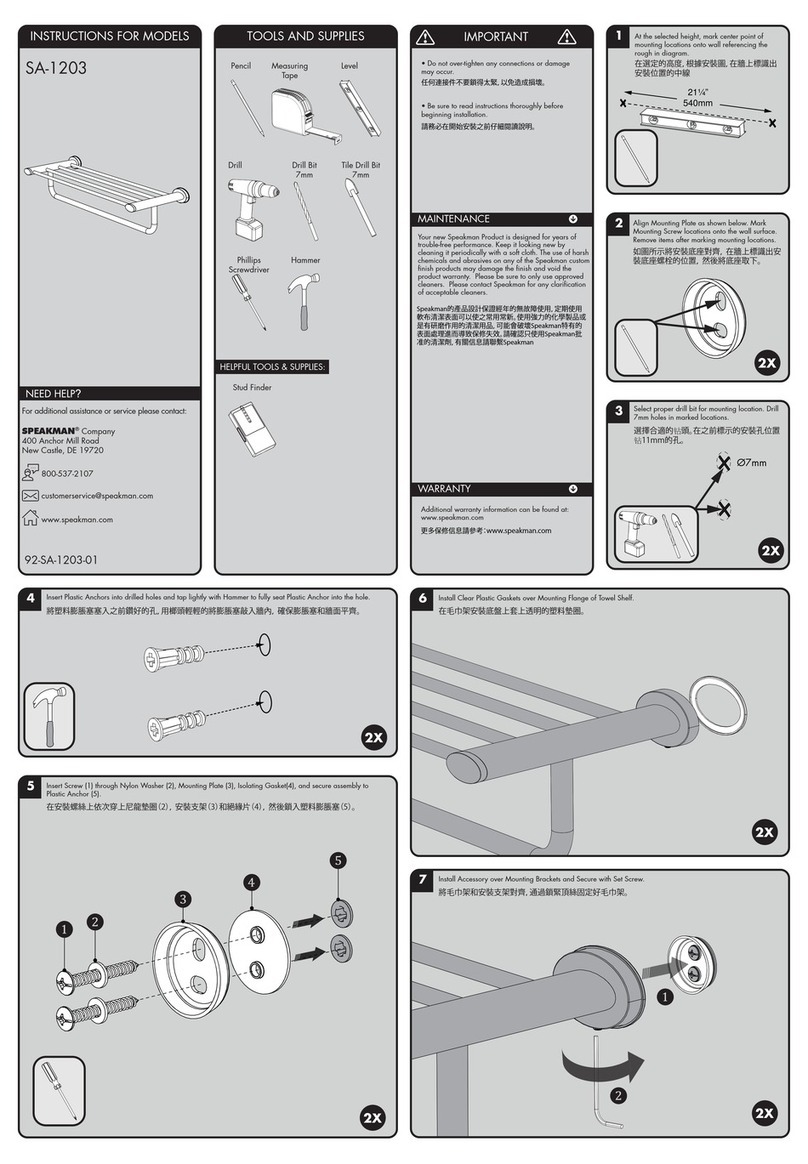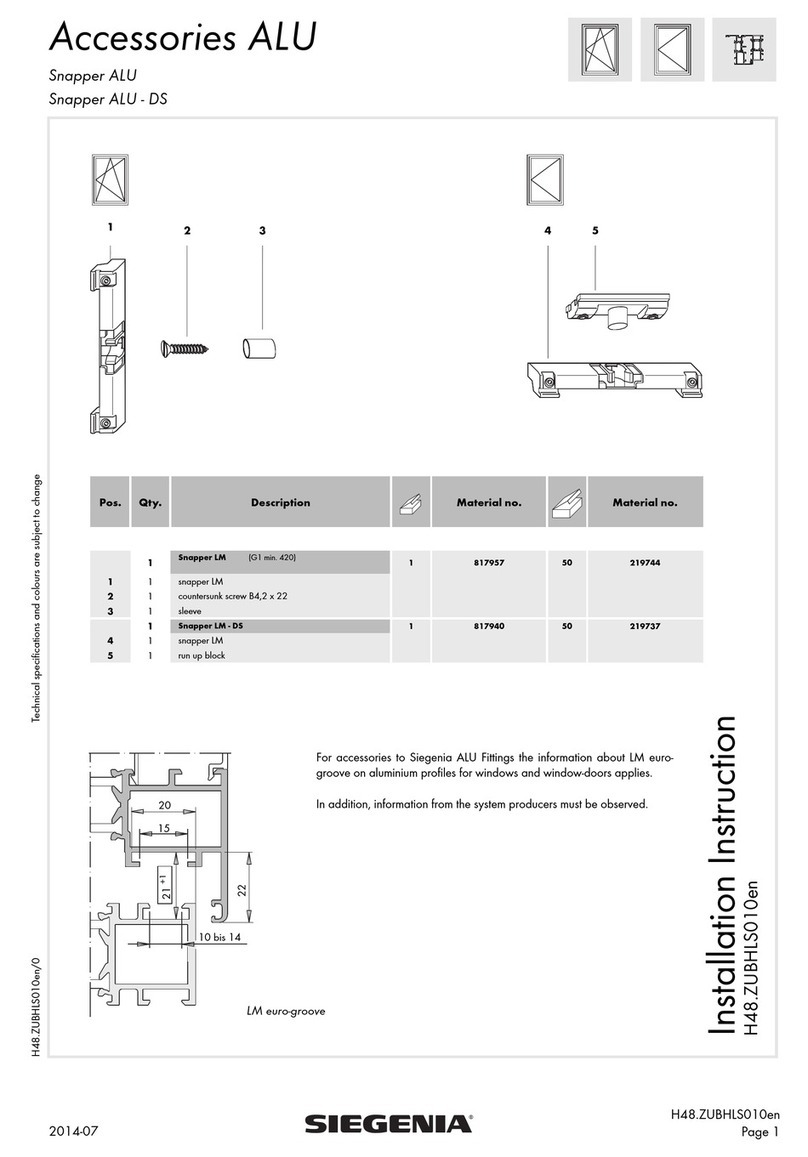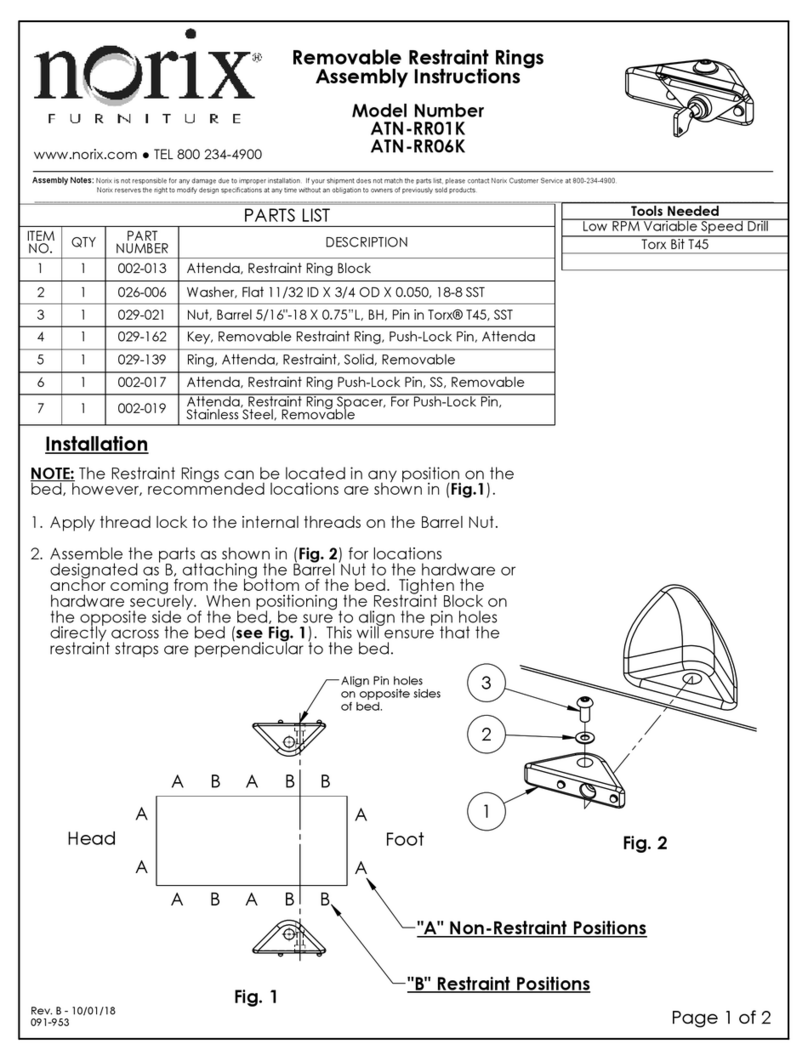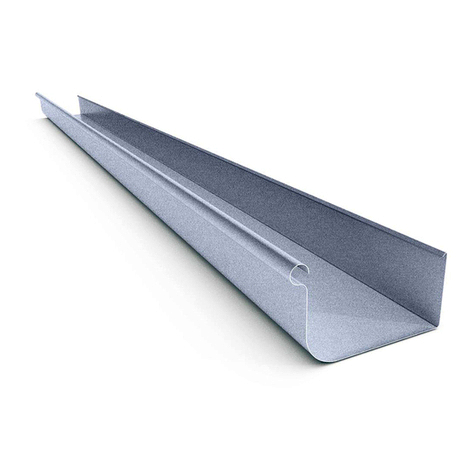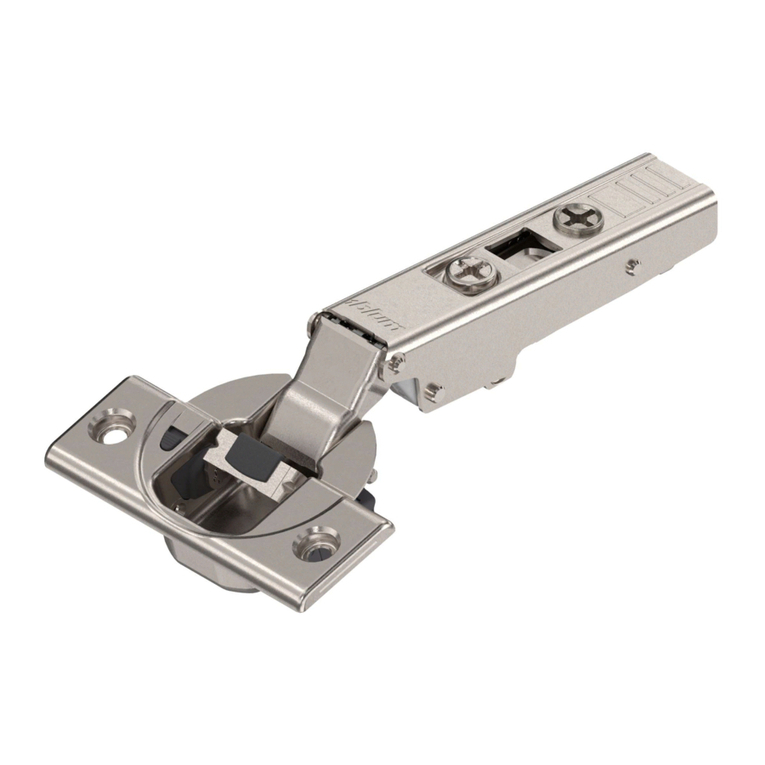
Subject to change. Roto NT IMO_347_EN_v0
.July 2014
.3
General information Information on these instructions....................................................6
Responsibility of the target groups .................................................. 8
Instruction obligation of the target groups ......................................9
Explanation of the safety instruction symbols ...............................10
Limitation of liability......................................................................11
Security Stipulated use................................................................................ 12
Stipulated application for end-users .............................................. 13
Safety instructions......................................................................... 14
Safety information for end-users .................................................. 15
Fabrication advice for timber and PVC........................................... 16
Screw fixing .................................................................................. 17
Timber........................................................................................................ 17
PVC............................................................................................................ 18
Information on the product
Eifel TB threshold ..........................................................................20
Dimensional data for hardware...................................................... 21
Cross section of sash profile with Eifel TB threshold ................................. 21
General hardware characteristics .................................................. 22
NT hinge side K.......................................................................................... 22
NT hinge side E5........................................................................................ 23
NT Power Hinge......................................................................................... 24
NT Designo ................................................................................................ 25
Application diagram....................................................................... 26
NT hinge side K 3 / 100, K 6 / 100 (PVC) ...................................................... 26
NT hinge side E5 (timber) .......................................................................... 27
NT Power Hinge (timber) ........................................................................... 28
NT Designo (timber, PVC) .......................................................................... 29
Hardware overview Explanation on the hardware overview chapter ............................. 31
NT hinge side K (PVC) – Turn-Only and Tilt&Turn hardware........... 32
Basic security............................................................................................. 32
RC1/RC1N and RC2 (DIN EN 1627–1630) .............................................. 34
NT hinge side K (PVC) – Turn-Only / Tilt&Turn hardware ............... 36
Basic security............................................................................................. 36
RC1/RC1N (DINEN1627–1630) ............................................................. 38
NT hinge side E5 (timber) – Turn-Only and Tilt&Turn hardware .... 40
Basic security ............................................................................................ 40
RC1/RC1N and RC2 (DIN EN 1627–1630) .............................................. 42
General information
Contents


